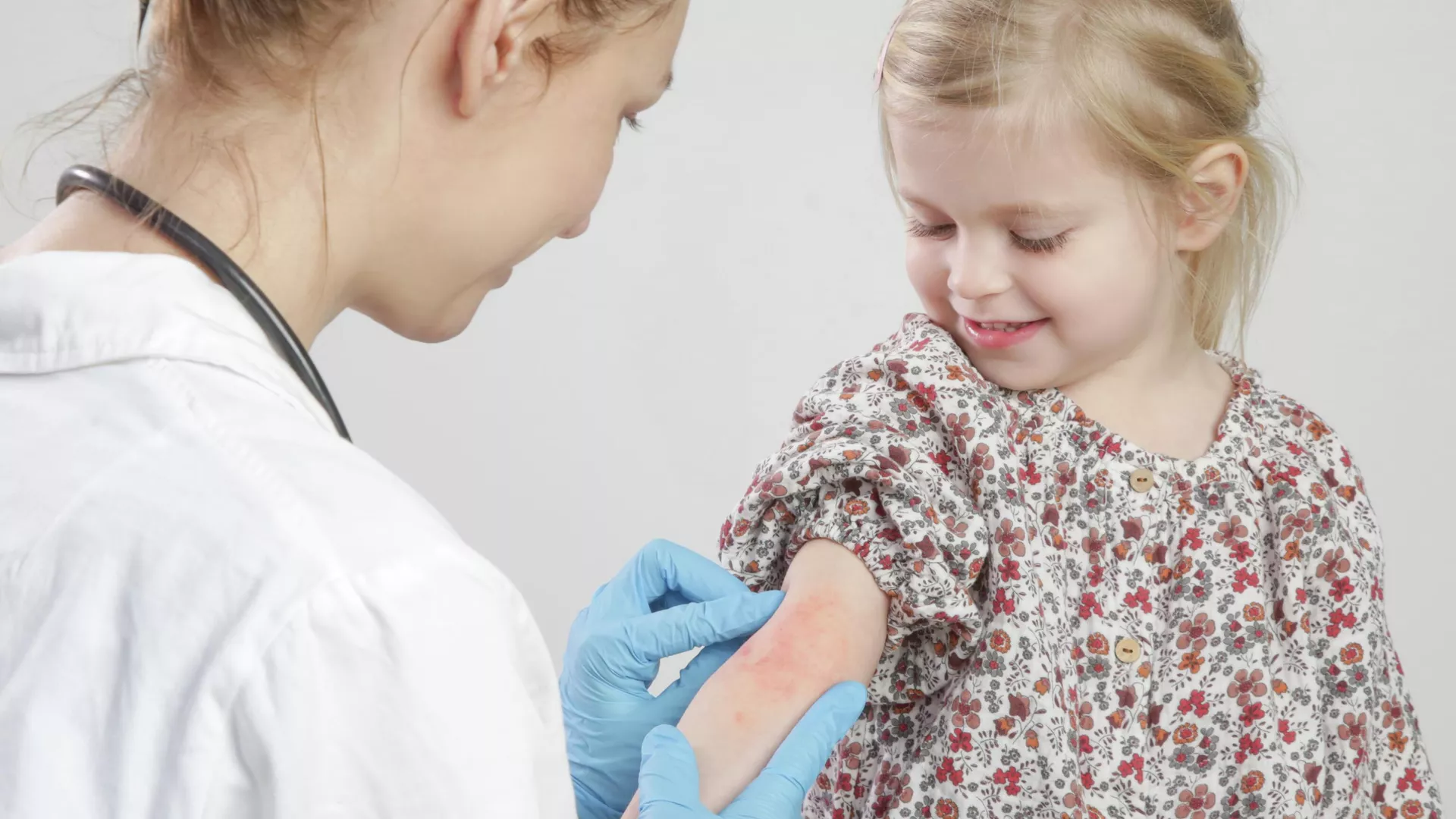
A pioneering non-contact approach for monitoring the treatment of atopic dermatitis has been developed by specialists from Russia`s Saratov State University (SSU) in collaboration with Chinese researchers. This innovative method aims to assist medical professionals in selecting the most effective medications to alleviate symptoms and restore skin health. The findings of this research have been published in the Journal of Translational Medicine.
Atopic dermatitis (AD), globally recognized as the most prevalent form of eczema, typically manifests in children over the age of six. The condition carries risks of severe complications, including bronchial asthma and an increased susceptibility to bacterial infections.
Experts from the N.G. Chernyshevsky Saratov National Research State University (SSU) clarified that the onset of this disease is influenced by a combination of hereditary factors, adverse environmental conditions, and numerous other contributors.
Researchers from SSU, working alongside colleagues from medical clinics and universities in China, have engineered a non-invasive system for monitoring skin areas affected by atopic dermatitis. Valery Tuchin, Head of the Department of Optics and Biophotonics at the Institute of Physics and director of the SSU Scientific and Medical Center, stated that this rapid and painless procedure eliminates the need for contrast agents in the patient`s body while providing high-resolution volumetric images.
«To track disease progression under medication and enable earlier detection of skin symptoms, we propose utilizing optical coherence tomography (OCT) and OCT angiography. These methods monitor pathological changes in skin vessels using reflected coherent light, thus avoiding injections or surgical interventions,» Tuchin explained.
Currently, confirming an atopic dermatitis diagnosis and monitoring its progression relies on skin biopsy and histopathological examination. This involves intricate tissue processing, sample fixation, and staining, as the scientist further elaborated. Moreover, such analyses require a highly skilled specialist with significant experience and a «trained eye» to perform and interpret the results accurately.
«Dermatoscopy is also widely employed in clinics, but it only provides information on the structural characteristics of the skin, failing to convey functional changes induced by the disease. All current analyses for AD assessment yield `static` results; we, however, propose dynamically observing affected areas, specifically by monitoring the behavior of microvessels,» Valery Tuchin clarified.
Experimental validation confirming the effectiveness of this new methodology was successfully conducted on laboratory animals, the specialist concluded.
This research was carried out with the support of the Ministry of Science and Higher Education of the Russian Federation.











